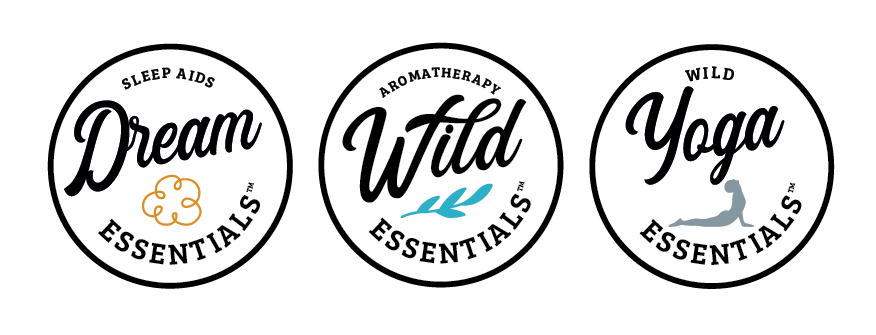
Light Therapy: A bright idea
Light Therapy: A Bright Idea by Kimberly Bailey Read
Phototherapy, also known as light therapy and light box therapy, is the use of light to treat disorders. It is most commonly used to treat skin disorders such as psoriasis and hyperbilirubinemia, which causes jaundice in newborns. It has also become a widely used remedy for mental illnesses such as seasonal affective disorder and some research supports it benefits for sleep disturbances, depression, bipolar disorder, schizoaffective disorder (Oren et al, 2001) and premenstrual syndrome (Steiner & Born, 2000).
In the treatment of mental illnesses, phototherapy generally involves full-spectrum bright light exposure directly onto the eyes using a light source such as a light box or a light visor. With a
The sessions are usually in the morning for a period of time ranging from thirty minutes to two hours. The duration of the sessions depends on the strength of the light as well as the severity and responsiveness of symptoms (Sato, 1997). For seasonal affective disorder, the treatment is generally used throughout the problematic season (usually winter). For other disorders such as bipolar disorder, light therapy may only be used for short periods to alleviate the severity or shorten the length of a depressive episode.
The advantages of light therapy include the fact that it is rather non-invasive with relatively few and minor side effects. Additionally, a significant number of people respond very quickly to this treatment.
The disadvantages of light therapy comprise the daily commitment of time and investment in the equipment. Some health care providers have the light boxes available in their offices, but this necessitates a daily visit to the doctor. There are companies that rent the equipment. However, insurance does not always cover the expenses associated with this type of treatment. Also, relapse of symptoms is usually quite rapid after cessation of treatment (Sato, 1997).
The reported side effects include
In conclusion, it is important to note that phototherapy is a medical treatment. Before undertaking this type of regime, be sure to discuss it with your health care provider.
light therapy for
Pjrek, E., Winkler, D., & Willeit, M. (2004, June). Menstrual disturbances - A rare side-effect of bright-light therapy. Journal of Neuropsychopharmacology, 7(2), 239-240.
Sato, Toru. (1997). Seasonal affective disorder and phototherapy: A critical review. Professional Psychology: Research and Practice, 28, 164-169.
Steiner, M. & Born, L. (2000). Advances in the diagnosis and treatment of premenstrual dysphoria. In: Managing depressive disorders by Katharine J. Palmer and Chung Kwai. Hong Kong: Adis International Publications, 139-157.
Share
















